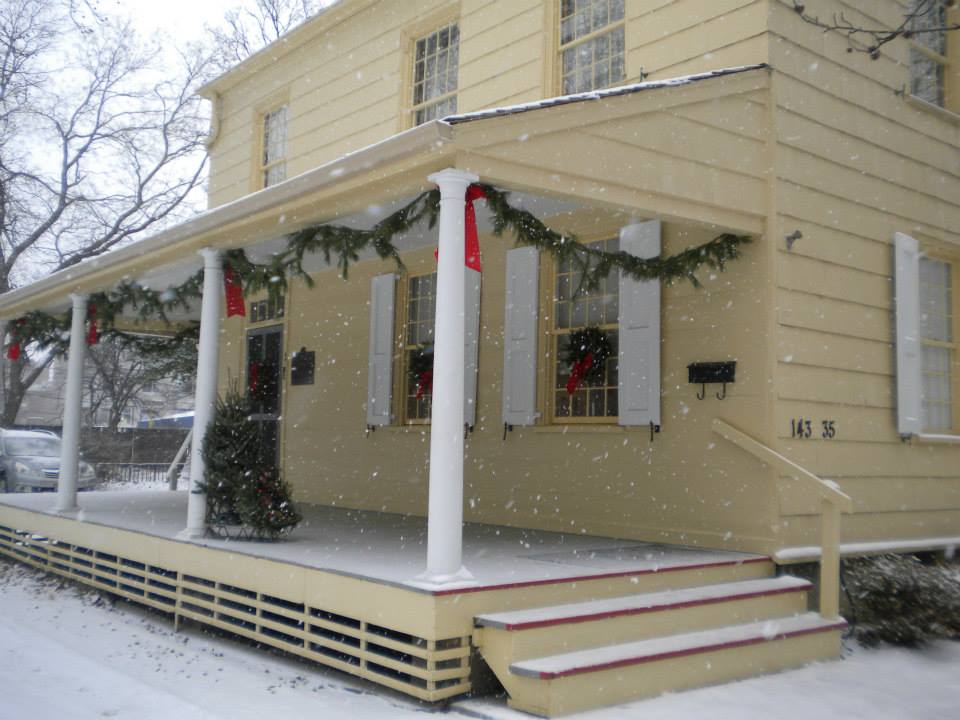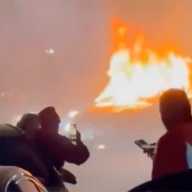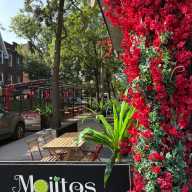This holiday season, Queens residents will have a chance to visit a handful of historic homes on a trolley tour that also illustrates why the “World’s Borough” received that moniker.
The 30th Annual Holiday Historic House Tour will take residents on a journey through seven historic sites in Flushing and Corona on Sunday, Dec. 10, from 1 to 5 p.m. Guests can take a trolley or walk through the tour, which is sponsored by The Kindler Foundation, Con Edison, the Sheraton LaGuardia East Hotel, the Greater Flushing Chamber of Commerce and the Queens Historical Society.
The sites, which include Louis Armstrong House Museum, Bowne House, Flushing Town Hall, Quaker Meeting House, Kingsland Homestead, Lewis H. Latimer House Museum and Voelker Orth House, will be decorated for the holidays.
The tour will also celebrate the women who occupied these homes to celebrate the 100th anniversary of women’s suffrage in New York.
The Louis Armstrong House Museum, located at 34-56 107th St., was home to jazz musician Louis Armstrong and his wife, Lucille Armstrong, who lived there from 1943 until 1983. The museum interior has been preserved and completely unchanged since the couple’s death.
Lucille Armstrong was the designer responsible for the home’s marble bathroom with 24-carat, gold-plated fixtures; the living room with dozens of objects the Armstrongs collected during their travels; and the den. The tour will highlight her relationship with the community and feature rare recordings from Louis Armstrong.
The Bowne House at 37-01 Bowne St. in Flushing, which was built in 1661 by religious freedom advocate John Bowne, is another stop on the tour. It’s the oldest domicile in New York state and has city, state and federal landmark status.
The house became a museum in 1945 and before that, nine generations of Bowne and Parsons families lived there. The museum will present an exhibition on the history of Christmas and highlight women’s roles in the celebration. It will also display eyeglasses, ceramics, door handles, toothbrushes and other artifacts that were uncovered during a 2013 archeological investigation of the kitchen.
Flushing Town Hall, built in 1862 at 137-35 Northern Blvd., went through many iterations. The Romanesque Revival building hosted swearing-in ceremonies for Union soldiers before the Civil War and then served as an opera house, a courthouse, a jail and a bank branch.
The center will highlight Queens resident and jazz singer Ella Fitzgerald by playing her music and educating visitors about her life at a Holiday Market on Dec. 10.
The Quaker Meeting House at 137-16 Northern Blvd. is New York’s oldest structure in continuous use for religious purposes. Built in 1694, it was the first house of worship constructed in what was then Vlissengen.
The tour will end at the Quaker Meeting House with live performances, hot apple cider and folk singing. Quaker women in Flushing were a part of the movements to abolish slavery, expand educational opportunity and obtain women’s suffrage.
The house will honor the Flushing Female Association, which established the area’s first free school in 1814. The school was in operation for more than 100 years and primarily served the African-American community.
Kingsland Homestead at 143-35 37th Ave. in Flushing was built in 1785 by Quaker Charles Doughty. A British sea captain named Joseph King purchased it in 1801 and five generations of the King/Murray family lived there until the 1930s. In 1968 the house was moved from its original location in Flushing to the 37th Avenue location.
It now serves as the Queens Historical Society’s headquarters and for this tour, they will honor Annie Cornelia Mitchell Murray, a nurse who lived in the home during the early 1800s. Murray served in the United States Sanitary Commission, the relief agency that treated sick and wounded Union soldiers during the Civil War.
Visitors will get a glimpse of the Mitchell Family Papers, which outline how Murray’s family treated her as an equal to her brothers during the Victorian era.
The 19th-century Victorian home at 34-41 137th St. was occupied by Lewis Howard Latimer from 1902 until 1928. Latimer was the son of fugitive slaves and was critical in developing the telephone and the incandescent light bulb when working with inventors such as Thomas Edison and Alexander Graham Bell. In addition, Latimer was a poet, painter and musician.
The tour will highlight his artwork and original lamps. A short film featuring his granddaughter, Dr. Winifred Latimer Norman, who fought to save the historical house and raise awareness of her grandfather’s contributions to science, will be screened.
Elisabeth “Betty” Orth lived in the Voelkor Orth house at 149-19 38th Ave. in Flushing, which was turned into a museum after her death in 1995. The home, which was built in 1891, housed three generations of Orths, and the garden still contains many popular plants and berry bushes of the 19th century. The garden is maintained with no pesticides and is a popular place for bees, butterflies and birds.
For the tour the Victorian home will be decorated with traditional German-American frills, and guests will be able to add gum drops to gingerbread houses. There will also be a sing-a-long with pianist and vocal coach Kenneth Gartman.
Pfeffernüsse, which are German spicy cookies, and hot mulled cider will also be served and an art exhibit featuring works by German émigré Elizabeth Korn will be displayed.
Tickets are $15 in advance, $20 at the door and children under age 12 can attend for $5. For more information, contact Daniela Addamo at 718-939-0647, extension 14, or daddamo[@]queenshistoricalsociety.org.



































